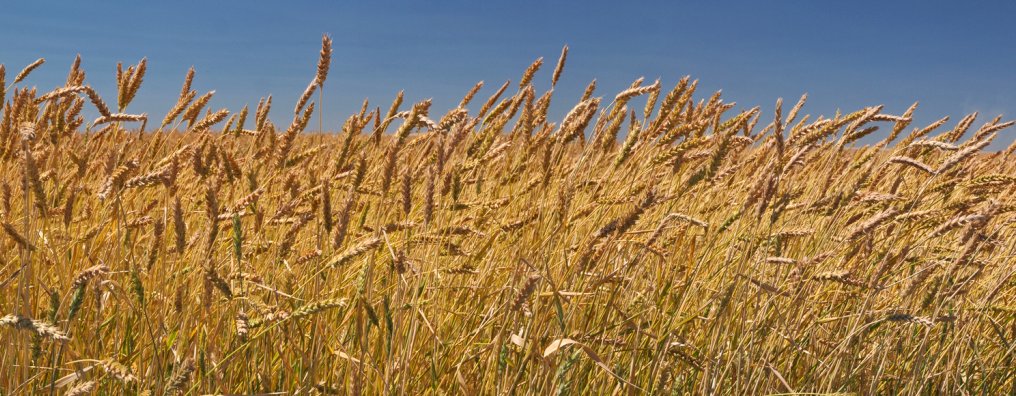
Associate farm reporter Carli Davenport spoke with crop marketing specialist Todd Hubbs from Oklahoma State University, who began with an update on the wheat market, noting significant price movement throughout the week. He explains that early gains faded after the USDA report, which, in his words, “didn’t raise exports, which a lot of people were assuming,” but did incorporate late-September production numbers. This pushed domestic ending stocks higher while global production increased by “over 12 million tons.” Hubbs adds that winter wheat conditions were weaker than expected at 45% good-to-excellent, and planting progress was slower. He also mentions that a major rain event and rumors of a Russia–Ukraine peace deal “maybe…taken a little bit out of the market.”
Shifting to corn, Hubbs emphasizes the size of this year’s crop, saying, “We’ve got a big crop.” He notes that many still question the USDA’s yield forecast and are “a couple bushels, if not more, lower.” However, he stresses that the USDA’s demand projections may be overly ambitious, pointing to “over 3 billion bushels of exports” and feed-and-residual use that “a lot of people disagree with…because we don’t have a lot of cattle out there.” Given this balance, he believes corn prices will likely stay range-bound.
Regarding cotton, Hubbs explains that the global balance sheet last year was “pretty bearish” due to sharply higher production and increased beginning stocks. U.S. production alone rose by nearly a million bales. Although exports were raised by 200,000 bales, ending stocks were still up 700,000, which he describes as “somewhat bearish.” He suggests prices in the low-60-cent range may represent a bottom, but adds, “We’re probably going to need some non-fundamental outside factor to get us running.”
The conversation also covers the delayed WASDE report, released after the government shutdown. Hubbs underscores how essential these updates are, stating, “It was good to get the information out there so people like me have something to talk about, and everybody has something to trade on and disagree with.” He notes that not just the WASDE, but other reports—such as export sales, milling data, and processing numbers—help the market “digest where we’re at and where we’re going.”

















